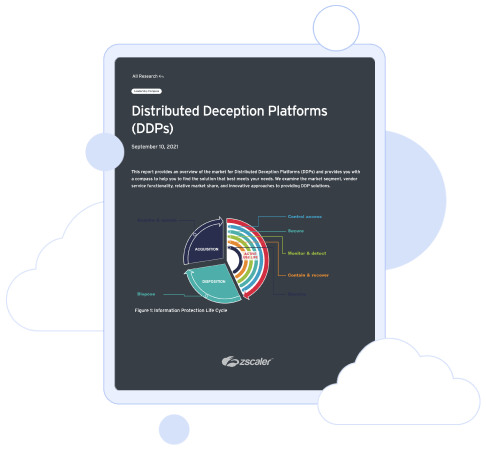KuppingerCole Leadership Compass: Distributed Deception Platforms
Get the report
Security teams have a big data problem. It’s their job to find and mitigate any malicious activity in their environments, but their threat detection tools alert them to more false-positives than actual threats. The more security controls they add to increase visibility, the more they also increase the noise, making it no easier to identify attacks on their organization.
Distributed Deception Platforms (DDPs) are an alternative approach to detecting and responding to threats in real time, and an increasingly adopted component of a holistic zero trust strategy. With these platforms, security teams use decoys (honeypots, honey tokens, honey credentials, etc) that mimic real assets to lure attackers and surface malicious activity with much higher fidelity than with traditional detection technologies.
Additionally, DDPs excel in detecting compromised users and lateral movement -- two use cases that are particularly difficult for other security tools.
Download the KuppingerCole Leadership Compass report to learn about the evolving DDP market and its top solutions from objective industry experts. See why Zscaler is named a leader in Overall, Product, Innovation and Market categories.
“One of the advantages of DPPs is that when activity is detected within a properly deployed system, it is almost guaranteed to be malicious. This makes detection of malicious activity comparatively easy... DDPs are becoming easier to afford, deploy, and manage for both SMBs and enterprises.”
Download your copy today!


